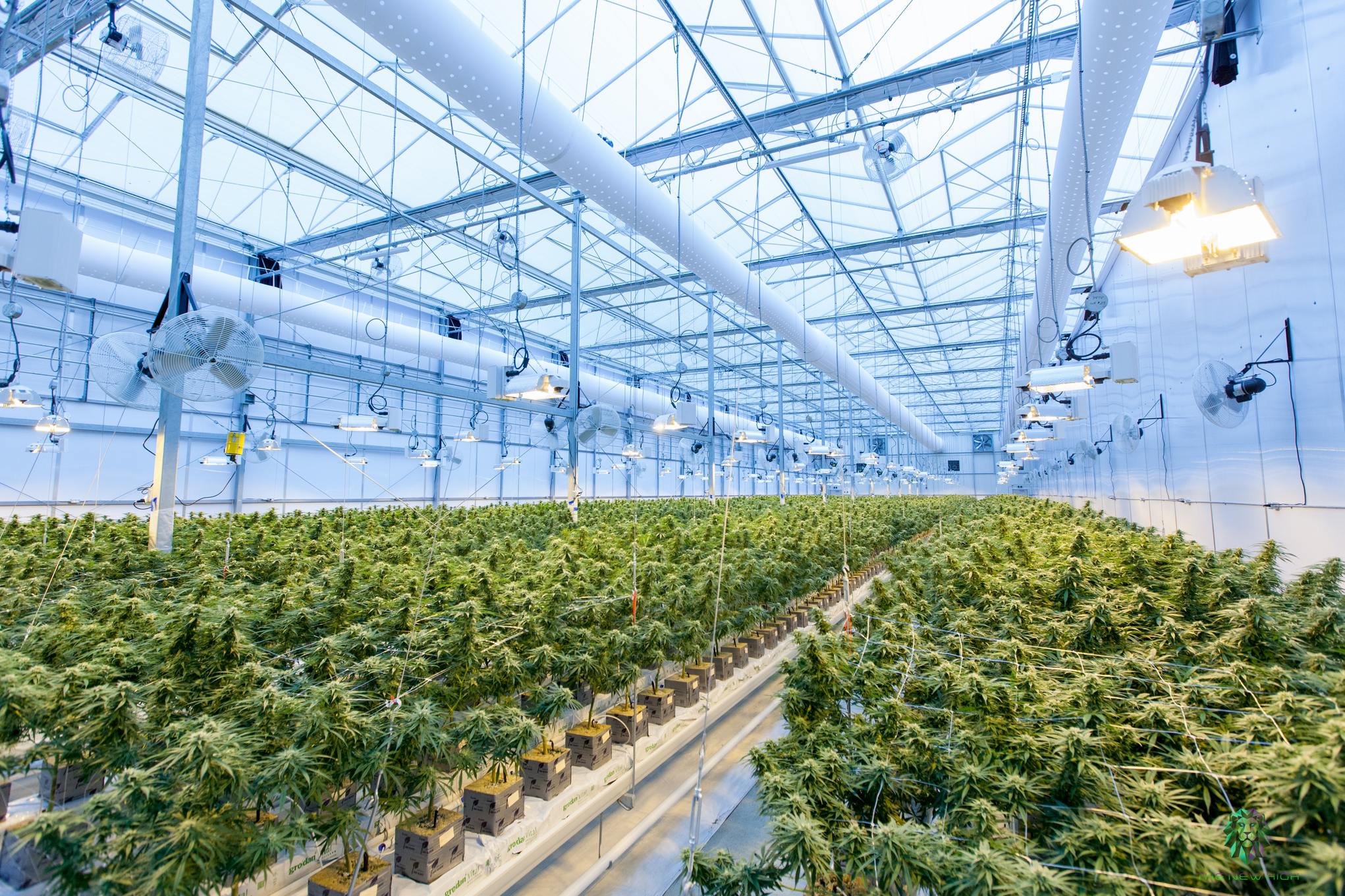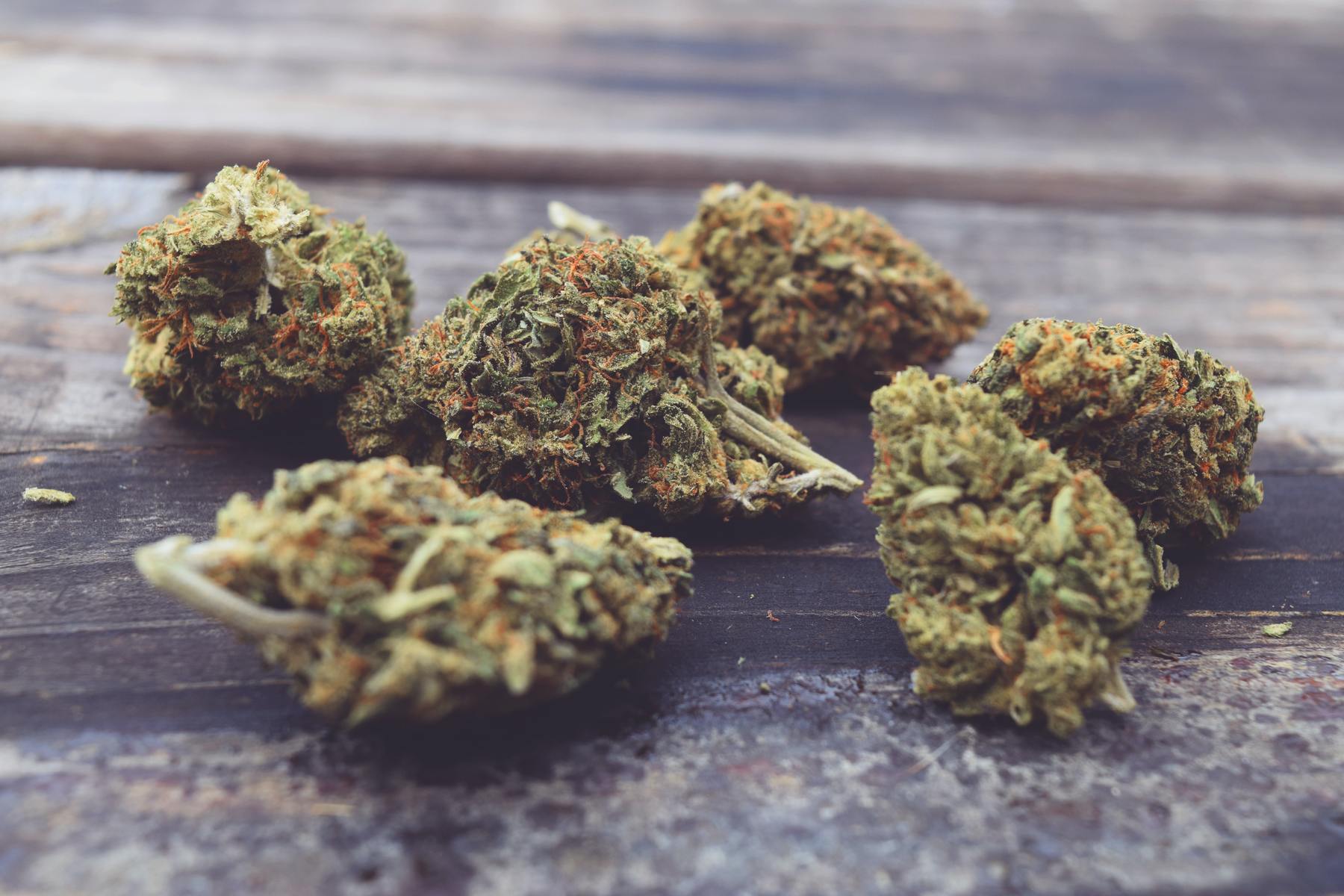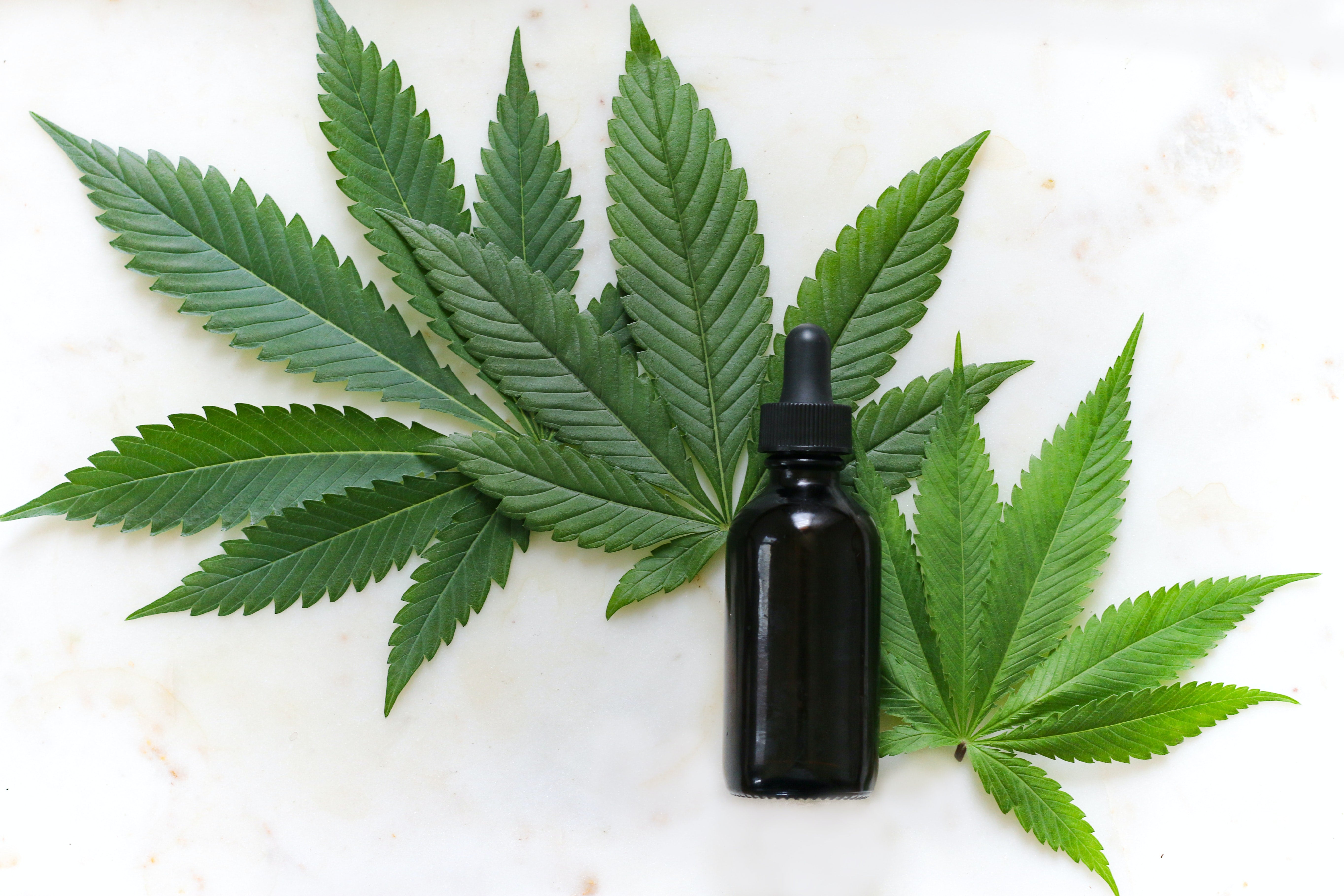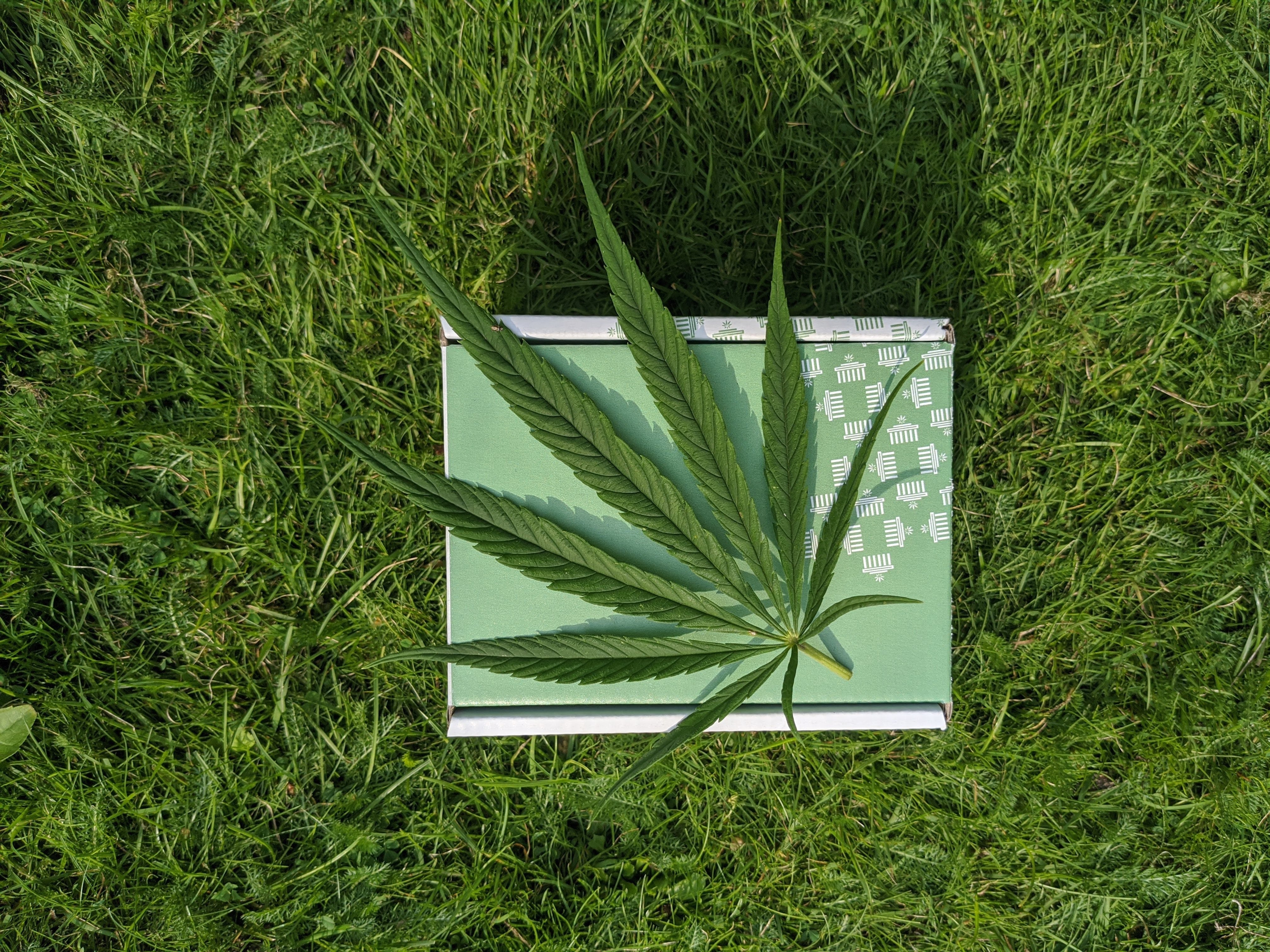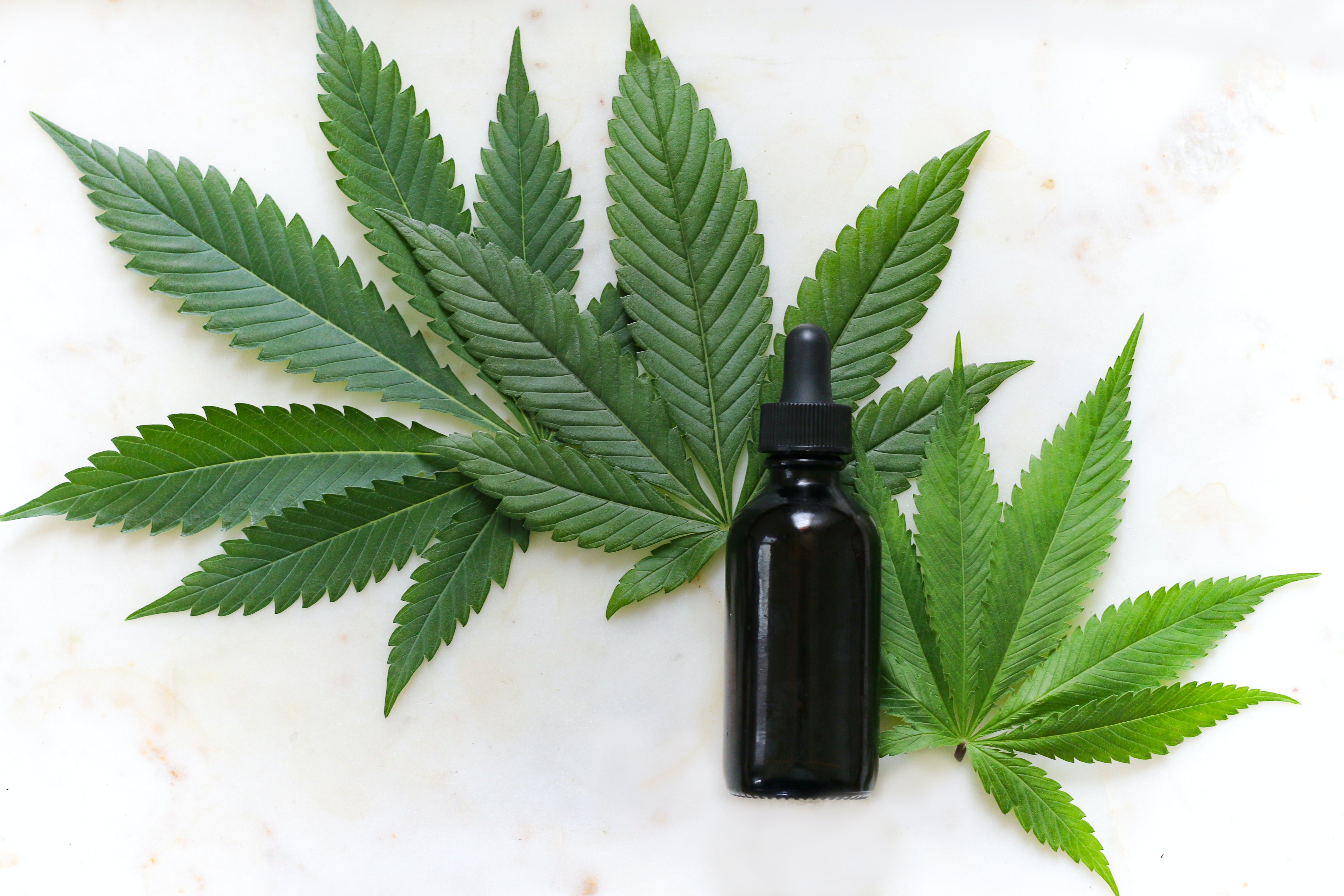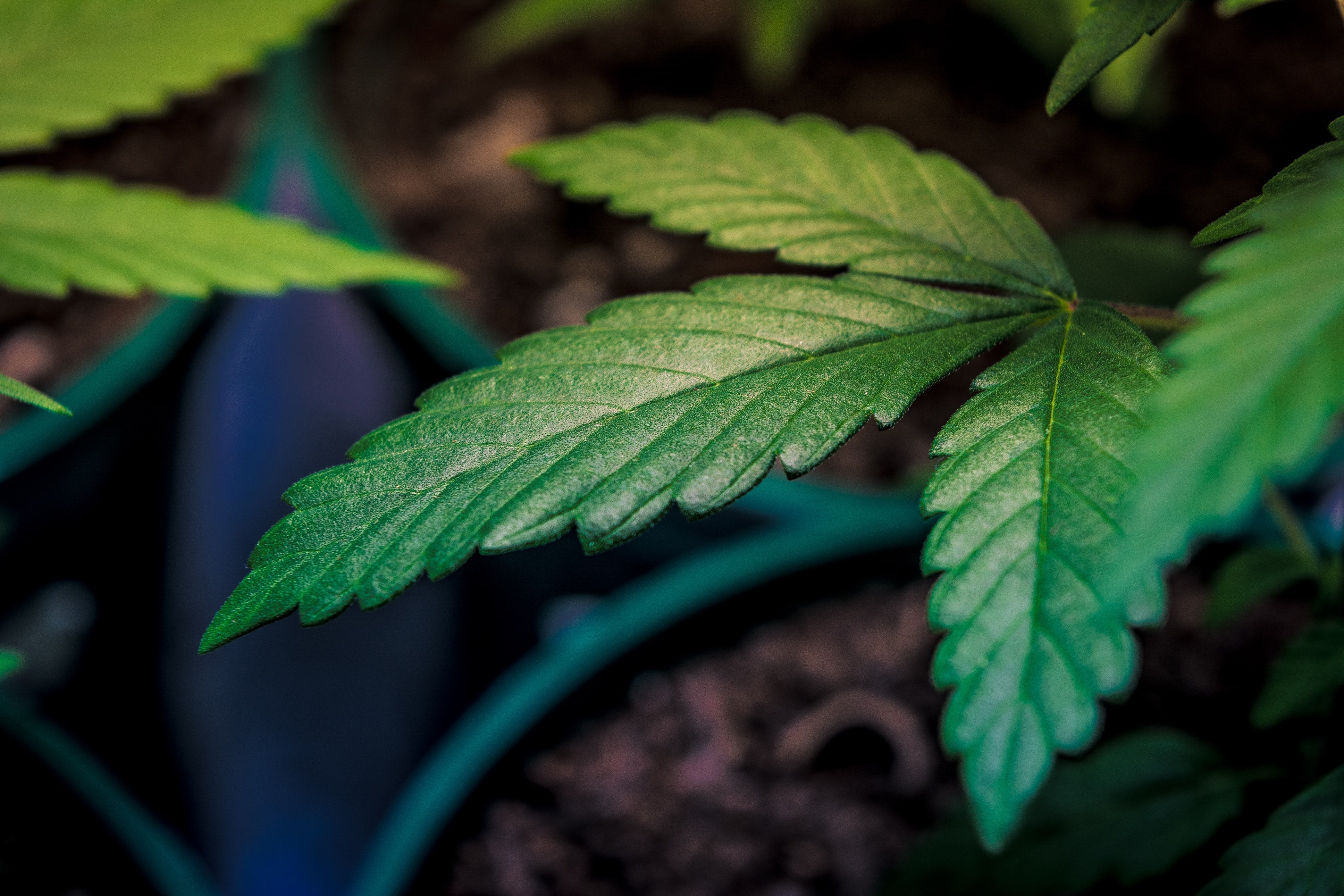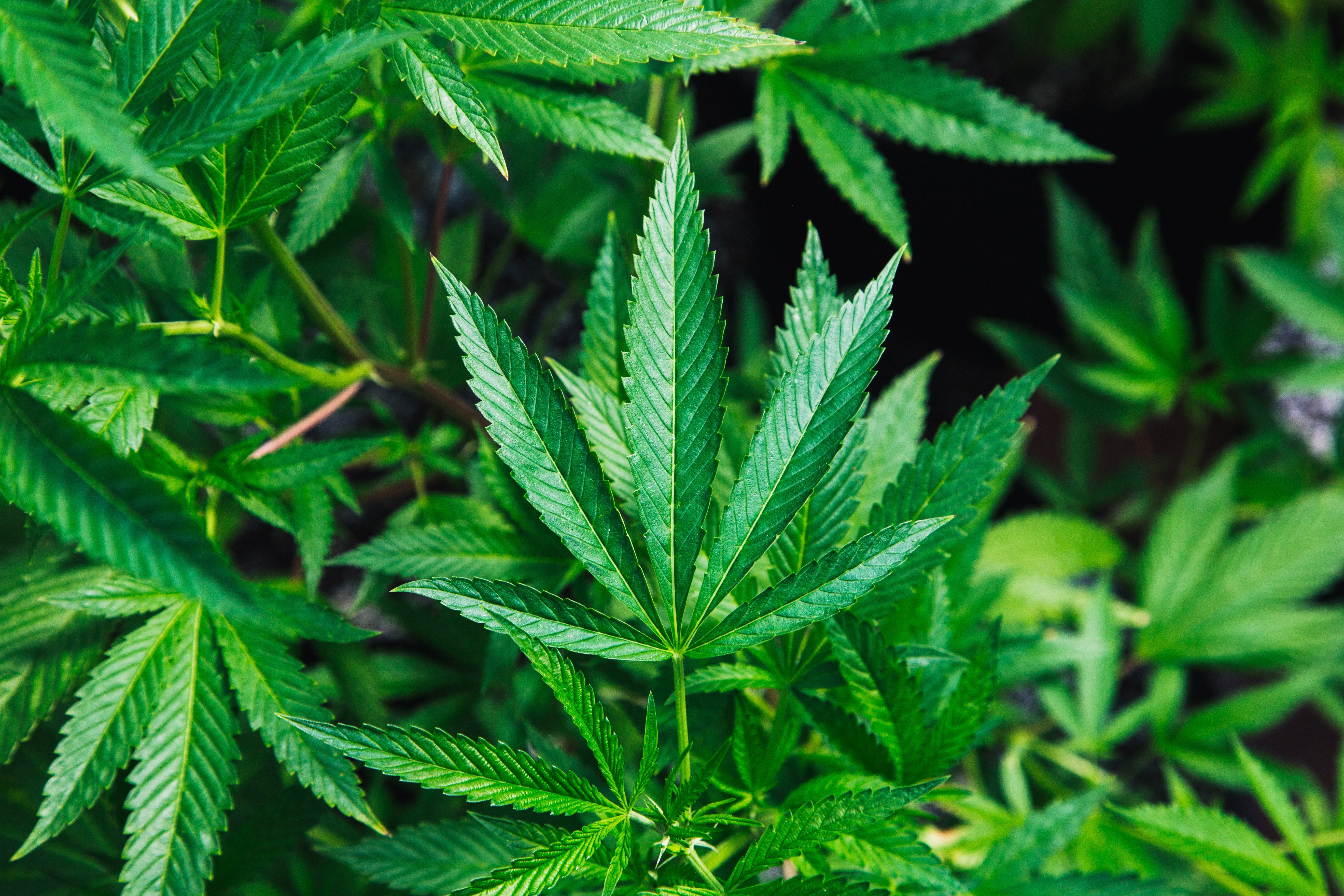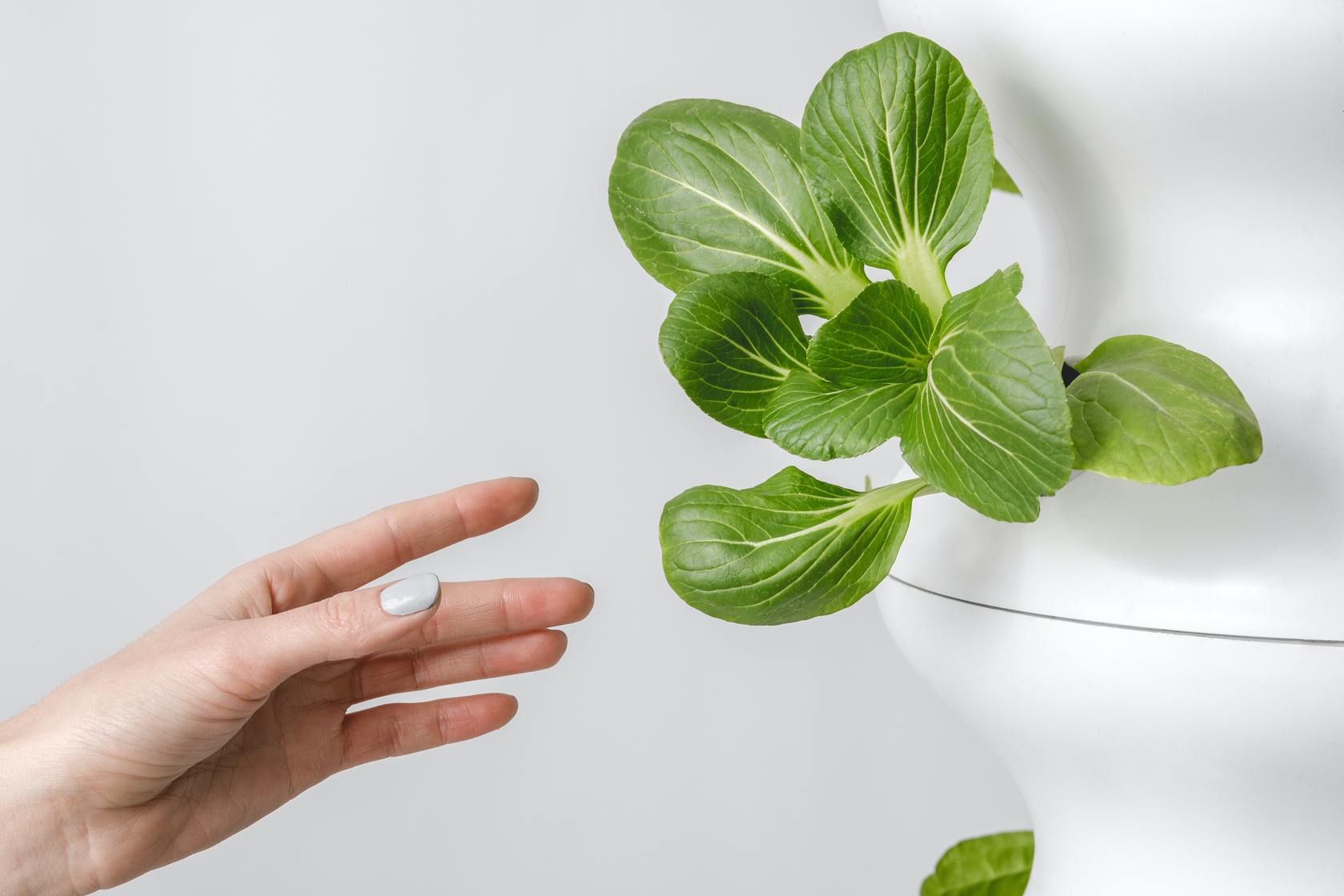At-home cannabis cultivators are always obsessed with maximizing indoor yield…and why shouldn’t they be?
Considering all the time, energy, and money you’re going to spend on your plants, you should be looking for ways to get the most “buds for your buck.”
Unfortunately, marijuana has a nasty tendency to grow in a straight line–and there aren’t many presents under this cannabis “Christmas tree.”
In fact, the only “star” on an untrained cannabis plant is the top cola. All the other “popcorn” buds on the bottom have very little cannabinoid content.
If you want widespread weed production (and who wouldn’t?), you need to put extra effort into training your plant.
Although there are dozens of training strategies online, one of the simplest methods home-growers could use is known as “ScrOGing.”
Although it might sound complicated, ScrOG training is a straightforward and safe way to use your grow space more efficiently.
What Is ScrOG And Why Should I Use It?
The term “ScrOG” is shorthand for a training technique known as “Screen of Green.”
As you might’ve already guessed, this low-stress method involves placing a screen over your marijuana to flatten your plants. Rather than having one central cola that gets all the attention, ScrOGing allows more branches to absorb nutritious light and grow big and strong.
Most home-growers place their ScrOG over their cannabis late in the vegetative stage and wait for their plants to reach the net.
Once your cannabis plants are tall enough, it’s time to gently push lower branches through your ScrOG’s holes. The whole idea is to create a horizontal grow space to maximize marijuana yield.
Secondary Benefits Of Using A ScrOG
The primary reason people use ScrOG is to expose more buds to your grow light.
Thanks to the ScrOG, plants on the bottom of your marijuana strains can absorb more light, which translates to more buds in the flowering stage.
There are, however, a few secondary benefits associated with using a ScrOG. For instance, cultivators who practice ScrOGing don’t have to worry as much about diseases like mold or mildew.
Because your plants are flattened under a ScrOG net, it’s far easier for air to move through your grow tent. This enhanced air circulation decreases the odds of unwelcome pests or fungi sticking to your plants.
Another reason growers love using ScrOG is it provides natural support for their plants’ stems. Stronger stems have an easier time supporting bigger buds, which is good news for your yield.
What’s The Best Size ScrOG Screen?
Since every grower has different space considerations, there’s no “ideal” ScrOG screen. Determining the best fit for your grow space depends on how large your area is and how many flowers you want to grow.
As a rule of thumb, each ScrOG that measures 10 ft2 could usually fit four cannabis plants. Most cannabis growers recommend making each ScrOG opening about 2” x 2” and placing the screen about 25 inches above your plants.
Again, these specifications aren’t written in stone, so feel free to experiment with what works best for your grow tent.
What Do You Need To Build A ScrOG?
Although you could find pre-made trellises at home improvement stores, most people prefer to build a ScrOG at home. Even if you’re not a DIYer, it’s not too challenging to construct a ScrOG well-suited for your grow space.
First off, you have to choose what kind of string to use. Cotton strings are the preferred choice since they are very gentle on buds and simple to install. If you don’t like cotton for whatever reason, other popular options include hemp cords and plastic fencing.
Although some people have used materials like chicken or fishing wire, these are considered the worst choices as they are tough against delicate branches.
When it comes to building your ScrOG’s frame, the two most popular options include PVC piping and 2” x 4” wood pieces. PVC piping has the advantage of being lightweight, but it could give off potentially harmful compounds under intense lighting. Be sure to check the heat resistance of your PVC pipes before buying them. By contrast, lumber is heavier than PVC pipes, but it tends to be a longer-lasting and safer choice.
After you’ve decided what frame and string you’re going to use, all you need are a few fishing hooks to attach your wires to.
Additionally, you could purchase rope ratchets if you want your ScrOG to hang in your grow space.
How To Assemble A ScrOG At Home?
Before you start assembling your ScrOG, you first have to measure your grow tent’s dimensions to figure out what frame will fit in your space. Once you’ve decided how big you want your ScrOG to be, cut your PVC pipes or lumbar strips and assemble with elbow joints.
With your frame completed, it’s time to drill holes on the sides for your fishing hooks. As mentioned earlier, you generally want to make sure each square in your grid measures 2” x 2”, so space out these holes by at least 2”.
Once you’ve snapped in each of your hooks, it’s time to create a grid with your string. Cut and tie your chosen wire to each hook until you have a neat square design.
Lastly, you could either add legs to your frame or strap a rope ratchet attachment into your grow tent. While both of these methods work, most growers prefer the rope ratchets because they make it easier to adjust your ScrOG’s height.
What Strains Are Best Suited For ScrOGing?
Technically, you could use ScrOGing on any strain, but this method tends to work the best with sativas.
Since sativa-dominant strains are naturally tall, they are easy to bend through your screen’s holes. Sativas also tend to offer a greater yield with ScrOG as opposed to the bushier indica strains.
When choosing strains for ScrOG, please research the average height of your plants. While you could grow multiple strains under one ScrOG net, they should all be around the same size. This makes it easier to weave your plant stems through the screen’s nets.
Do I Need To Top My Plant Before Using ScrOG?
If you’re researching different ScrOG techniques online, you’ll usually see cultivators recommend topping your plant before putting up your screen.
Although topping is not a requirement, it can make the ScrOGing process easier for home-growers.
For those who don’t already know, topping is a high-stress training method that involves cutting the “top” of your plant’s central stem in the vegetative stage. When done correctly, this technique forces your plant to send all of its energy to two main colas. Not only does topping increase bud production, it also makes your plant grow horizontally—hence why it’s so beneficial for ScrOGing.
The downside of using topping is that it can cause irreparable damage to your plant when done improperly. It’s always best to wait until your plant has at least five nodes before breaking out your scissors. You should also ensure your plant doesn’t show any signs of weakness like nutrient deficiencies, as this could make it impossible for your cannabis to recover.
Even though topping is an excellent addition to ScrOGing, please only attempt this method when you feel confident you could use it to your advantage.
Augment ScrOG With A Bit Of Bending
If you don’t feel comfortable topping your plant just yet, don’t worry! There are many low-stress training strategies you could use to enhance your ScrOG program.
In fact, simple bending techniques during the seedling phase will encourage horizontal growth. All you need to do is pull a plant stem to your pot’s side and secure it with a twist tie. As more stems appear in the center, simply repeat this method to discourage axial dominance.
Although it may seem too good to be true, bending is one of the safest and most effective training techniques used by cannabis pros. Adding bending to your ScrOG session could result in monster yields.
ScrOG vs. SOG – Is There A Difference?
Lastly, we should note that ScrOG has nothing to do with the similar-sounding SOG (short for “Sea of Green”). Although these two training techniques share three letters, they are not the same thing.
In fact, some growers don’t even classify SOG as a training technique. The reason for this is that SOG doesn’t involve manipulating your plants directly. Instead, people who use SOG deliberately change their indoor lighting well ahead of schedule.
Typically, SOG cultivators swap their light schedule from 18/6 to 12/12 after their plants grow for only 4 – 6 weeks. While this stunts your plants’ growth, it does result in faster and larger harvests if you’re growing numerous plants.
Although SOG is a simple way to get big yields in a small space, it requires a significant upfront investment for seeds, potting, and soil. Plus, many home-growers aren’t legally allowed to grow more than four or five marijuana plants at a time.
Since SOG works best with many small plants, indoor growers often get better yields using techniques like ScrOG on the few legal plants they’re allowed to cultivate.
ScrOG – A Safe Way To Secure Sizable Yields
Hopefully we’ve inspired you to add ScrOGing to your cannabis skill set. Once you figure out what screen works for your grow space, you’ll be amazed at how simple it is to adjust your canopy for peak bud production.
Please remember Everything But The Plant now offers professional-grade grow tents that are ideal for ScrOG set-ups. To find out more about our grow tent options, please be sure to visit this link.
